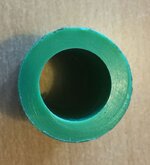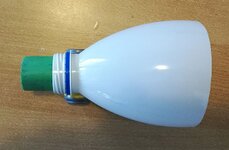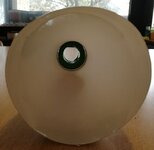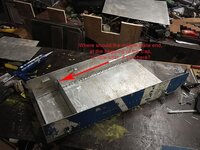DukeArdelis
Greenie
- Jan 15, 2017
- 14
- 10
- Primary Interest:
- All Treasure Hunting
Hi, I'm making a fluid bed sluice, you can see the pics of the current state below. I'm making it based on some plans I found here on the forum. I have altered the plans a bit, added a second trap, and a movable flap (or what ever you would call it, I'm not that good with English). It used to be an aluminum road sign.
My main concern right now is the size of the classifier holes. I'm trying to decide to make them 10 mm or 15 mm. I plan on further classifying the material. I'm new to prospecting, and I relay need advice on the subject, I think I covered everything else regarding the sluice, I will have other questions regarding the classifiers, fine gold ect.., but I will post them in new threads.
Thanks.
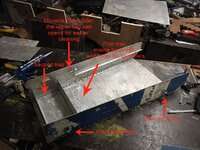
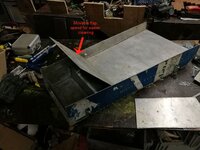
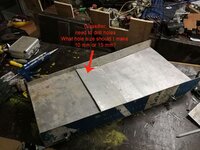
My main concern right now is the size of the classifier holes. I'm trying to decide to make them 10 mm or 15 mm. I plan on further classifying the material. I'm new to prospecting, and I relay need advice on the subject, I think I covered everything else regarding the sluice, I will have other questions regarding the classifiers, fine gold ect.., but I will post them in new threads.
Thanks.







